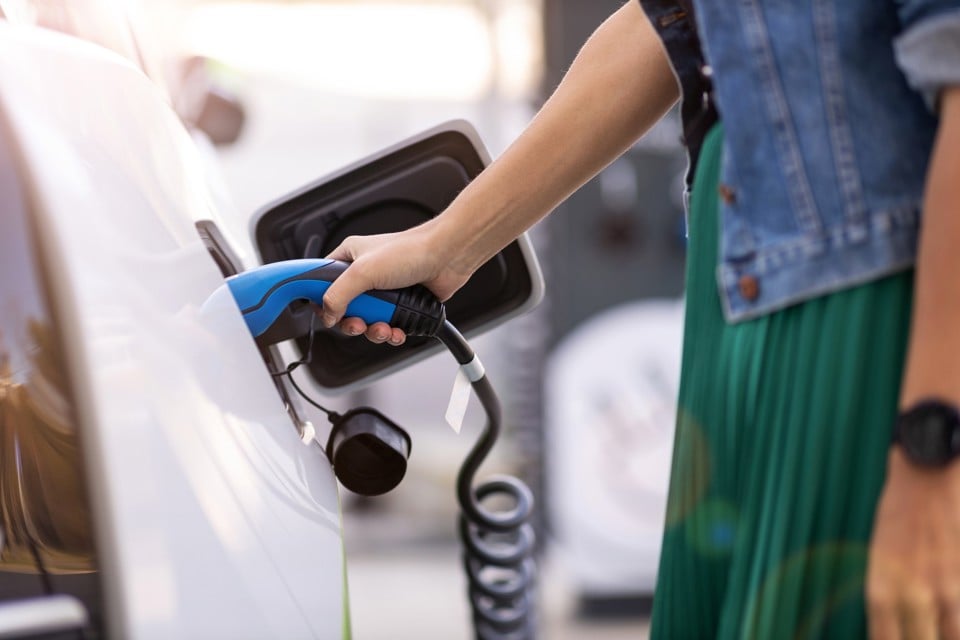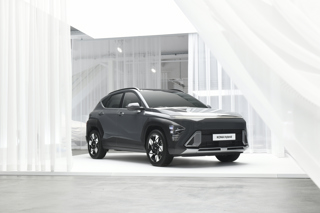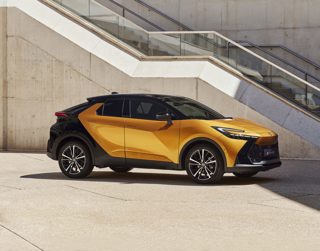The Advertising Standards Authority (ASA) has found that adverts from Toyota and Hyundai stating electric vehicle (EV) battery charging times were misleading.
Hyundai described how the Ioniq 5 could be charged from 10-80% in 18 minutes on ads appearing on a digital billboard, a YouTube video and in a marketing brochure.
However, the ASA received several complaints arguing that there were significant limitations to achieving the advertised charging rate, including low temperature.
Hyundai said that the ads were intended to help address consumer concerns about charge times affecting longer journeys.
In its defence, it provided the ASA with results of their internal factory testing of the charging times for both Ioniq 5 battery options (72.6kWh and 58kWh).
They stated that testing established a time of 17 minutes and 16 seconds to charge the battery from 10% to 80% when using a 350 kW ultra-fast charger, and with the battery at temperatures of 22 and 25 degrees centigrade.

In the advert which appeared on YouTube, Hyundai said not including a reference to ultra-fast charging was an oversight and the ad had now been removed.
It also argued that the average consumer, particularly one contemplating adopting an EV, would be aware that "ultra-fast" 350 kW charging indicated a higher speed charger that was different from fast, standard or slow charging.
Hyundai said they would be willing to amend the claims that were subject to the complaint in its brochure to make clear that charging time could vary from 18 to 36 minutes and was dependent on being connected to an ultra-fast 350kW charger.
It would also qualify the claim to state that charging times would increase at lower battery temperatures, and that charge times were dependant on a number of factors including battery temperature, condition and age, ambient temperature and the power provided by the charger.
It also proposed to include text informing consumers that ultra-fast 350 kW chargers were currently available on selected motorways/major arterial routes, excluding Northern Ireland.
The ASA acknowledged that the evidence provided by Hyundai showed that, under standardised testing conditions (with a new battery and in a temperature-controlled environment with ambient temperatures of 22 and 25 degrees centigrade) the battery could be charged from 10% to 80% in under 18 minutes using a 350kW charger.
However, it said it would expect Hyundai to qualify the charging claim with an explanation of the conditions under which the figures were achieved and that they may not reflect actual consumer experience.
As a result, it ruled that the claims had not been substantiated and were misleading, and the adverts must not appear again.
Toyota, meanwhile, was the subject of a similar complaint relating to its bZ4X model featured on its website.
It stated that drivers using rapid public charging could reach 80% charge in around 30 minutes with a 150 kW fast-charging system.
Further down the page in a section headed “Rapid charging”, it said that “you can easily find rapid charging points in a number of public locations. These highly efficient units are able to recharge 80% of your Toyota bZ4X batter in approximately 30 minutes”.
An asterisk linked to the text stated that charging times were subject to local circumstance and rapid charging power ratings can vary by location.
Further down the page was an FAQ section that included the text, “How long does charging take? Vehicle charging time depends on the power supply. At rapid public charge points, you can charge in as little as 30 mins. Wallbox charging takes between 6.5 to 10 hours”.
The complainant, who believed that there were significant limitations to achieving the advertised charging rate, challenged whether the claim “use rapid public charging to reach 80% charge in around 30 minutes with a 150kW fast-charging system”, was misleading and could be substantiated.

Toyota said that the bZ4X model had a maximum charging power of 150kW and therefore was able to draw the maximum power that a 150kW ultra-rapid charger could deliver.
Toyota said the ad explicitly stated the claim related to using a 150kW fast charging system, and it had used conservative, rather than absolute language when stating it would achieve an 80% charge “in around 30 minutes”.
The claim was also caveated, with a prominent footnote informing consumers that the charging times were subject to local circumstance and that rapid charging power ratings could vary by location.
However, the ASA considered that consumers would interpret the claim “use rapid public charging to reach 80% charge in around 30 minutes with a 150kW fast-charging system” in the ad to mean that the Toyota bZ4X would always achieve a battery charge from 0% to 80% in around 30 minutes when using a 150kW charger.
The ASA said that the ad must not appear again and told Toyota to ensure its ads did not mislead about battery charging times.






















Login to comment
Comments
No comments have been made yet.